The billion-dollar tourism industry is constantly metamorphosing to suit current needs at any time. The size and the ever-changing culture of the travel industry bring about a lot of competition that can only be handled with effective marketing. Businesses within the industry must stay in touch with the trends if they want to stay relevant and profitable.
The travel and hospitality marketing trends in 2019 have been driven by tech to provide tourists with everything they seek for including quality and convenience. The following marketing trends are tailored by how tourists are now searching for destinations and preferred facilities which is closely linked to how tech has changed tourism.
1. Targeting millennials as a marketing strategy
The interesting thing about tourism is the shifting demographics of tourists. Before now, tourism was viewed as a retirement sport, which meant that it was patronized by mid-aged to retired individuals. Now, however, tourism culture has changed by a great deal. Starting with the demographics of tourists.
Tourists now are mostly millennials because traveling is viewed as an essential part of life by this group, since millennials show more zeal about traveling.In response to this, modern marketing trends now target millennials in places where they are hanging out. Places like social media, forums, etc.
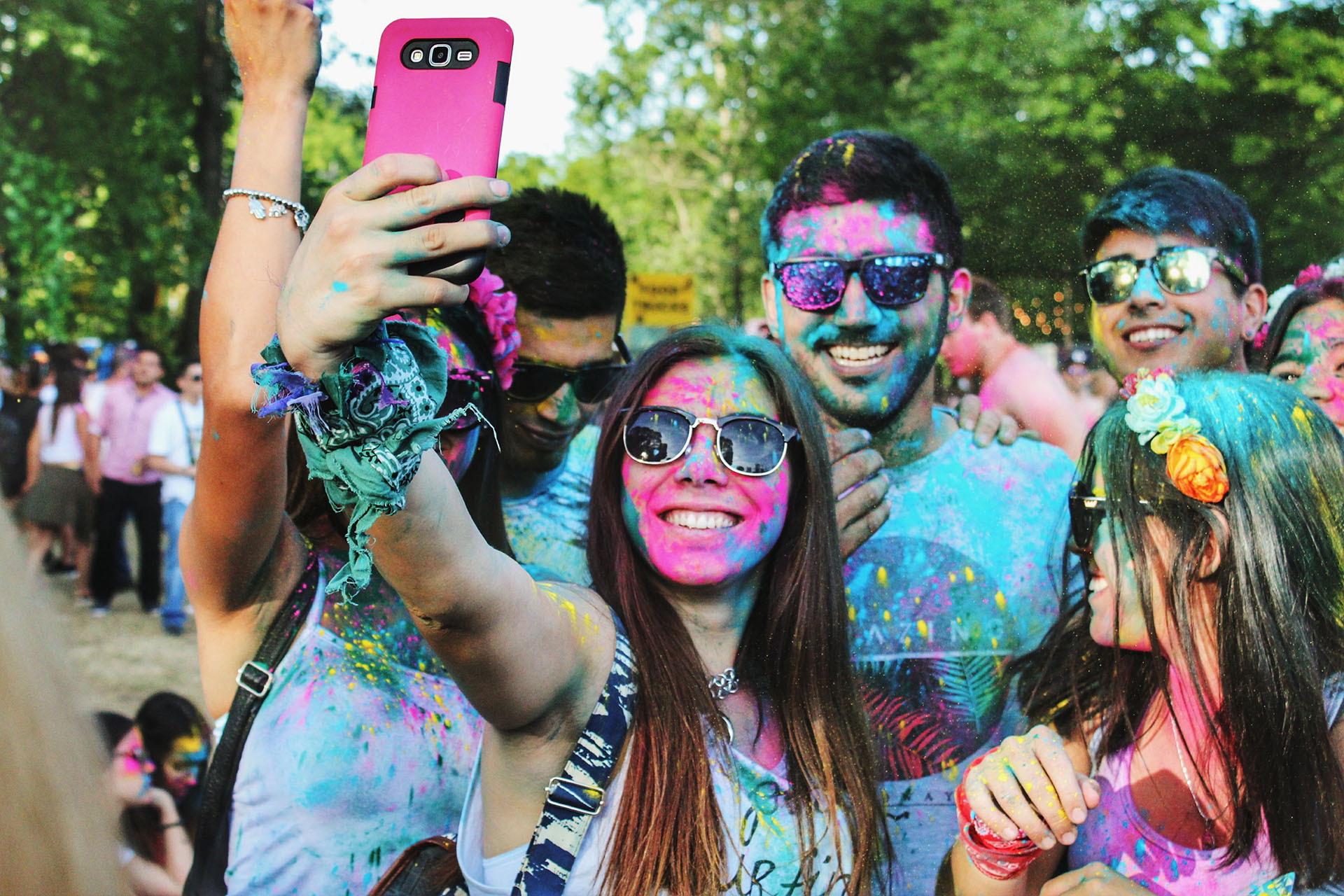
2. Visual digital marketing
Modern tourists are such visual consumers. Everything about their travel experience is documented in visual arts, pictures, and videos. To take advantage of this trend, businesses must create an environment suitable for photography especially videography because it is the most effective means of visual digital marketing. That means creating picture-perfect locations purposefully built and photographed for advertising.
Advertising channels that allow multiple displays of visual content like social media and the inclusion of visual content in email marketing is a current trend.Some exercises for video digital marketing that can harness this are: using influencers to spread contents, picture-perfect environments that encourage tourists to share content and fun social media exercises like hashtags for people to participate in.
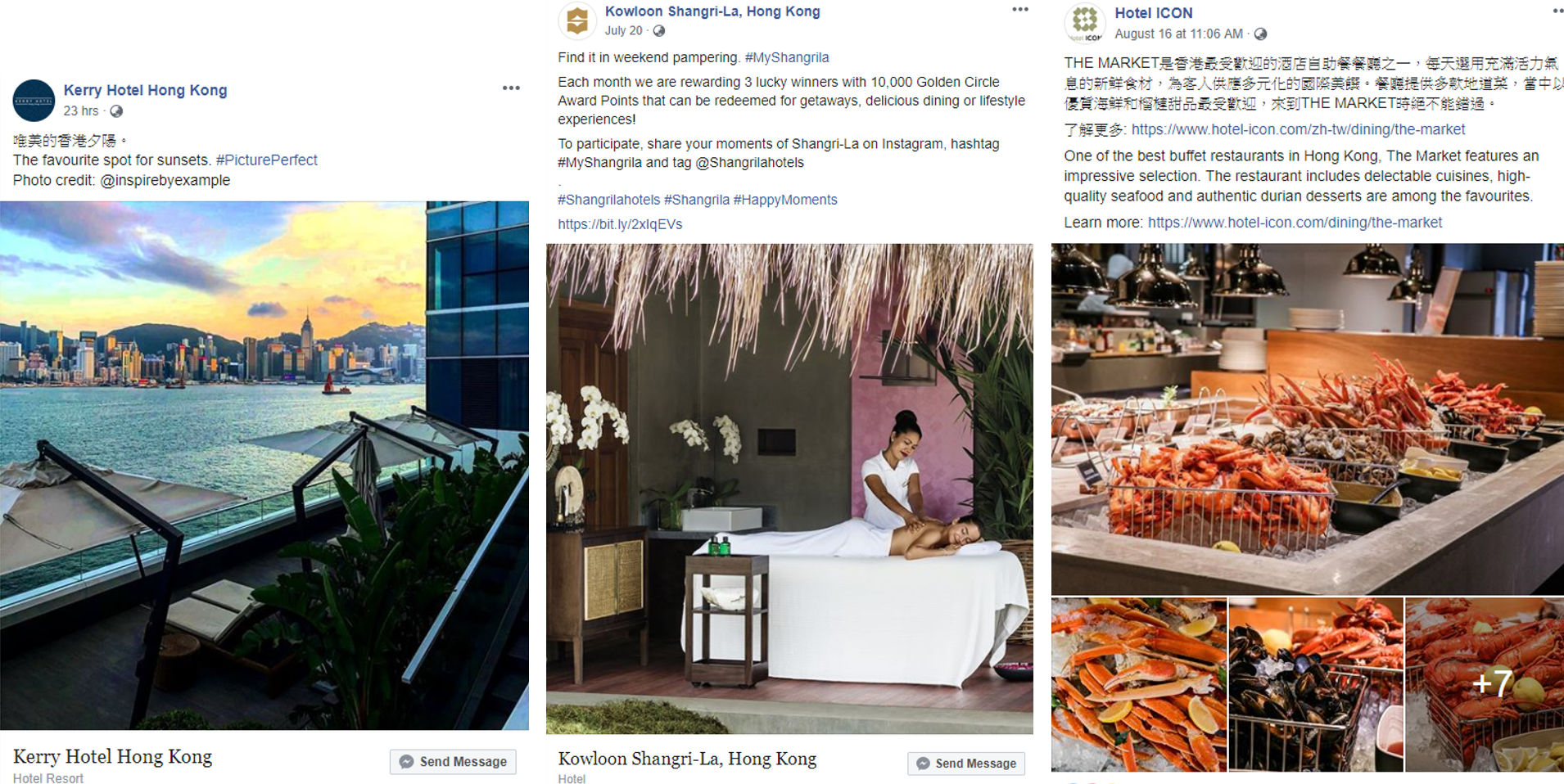
3. Social media marketing
Social media marketing is a huge advertising trend amongdifferent industries. One of the driving forces is the proliferation of digital culture as well as high visual consumption, especially in tourism industry. Social media creates a good avenue for people to hear about services from others that share their experiences.
Statistics show that 57% of travel and hospitality revenue was generated via digital media which includes social media. Instagram and Twitter are hotbeds for marketing in the western tourism industry. There are different ways to make use of this; targeted content, visual content, influencers, and social media branding. Travel and hospitality businesses should take advantage of social media to market to potential customers. This is especially true because people trust earned media (marketing by a third party) rather than owned media (marketing by owned profiles).
4. SEO for voice searches
With AI gaining on this tech generation, voice searches have become a favorite way for people to find what they need. Thanks to Siri and Google assistant. People are shifting from typing to speaking when they need to find information online. To ride this wave of search preference, you must understand the bits of voice search optimization.
The first method to this is the use of conversational tones with online content. People speak differently from the way they type and of they are going to be carrying out voice searches, they will be doing it the way they speak. Digital content must mimic local speech in order to be optimized for voice searches. Another way to achieve SEO for voice searches is to make use of locations and long keywords. People make use of more words when they speak compared to when they type, therefore keyword usage for voice searches must include a long string of words. People are also more likely to localize their vocal search so that should be considered as well.
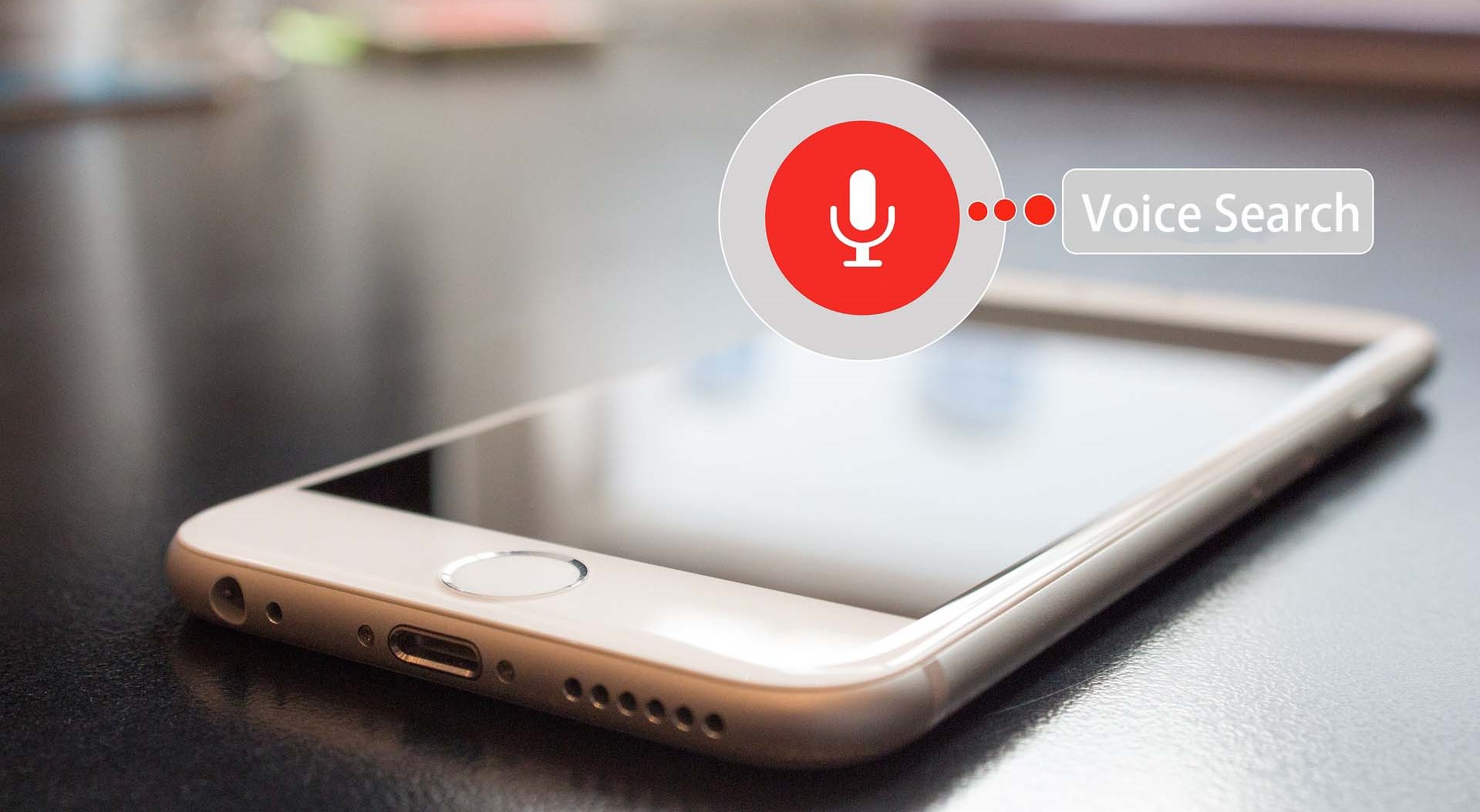
5. Following up abandoned bookings
It must get really discouraging to see leads that were on the verge of converting get abandoned. Irrespective of how large your travel business is, you need to convince more people to actually go ahead and finish their bookings and not just cancel or abandon their trail. However, abandoning leads is an all too common phenomenon and smart marketers are harnessing this route to find consumers.
To convince people who had abandoned leads in the past, you need to follow them with a supporting digital advertising strategy. This gives you a second chance to convince your customers. Great right? The help of pop-up ads and online advertising can help you convince customers that may have abandoned their bookings. This way you can increase your conversion rate.
6. Mobile digital marketing media
Smart businesses have taken advantage of this booking trend by employing mobile friendly marketing techniques. An example is the use of mobile phone aspect ratio for ad pictures. The number of people taking to their phones for commercial activity is set to increase consistently. This is good news for e-commerce and a good time to make travel and booking possible via mobile devices. Bookings, checking in, itinerary and updates can all be carried out via mobile channels.
An increasing number of people make their bookings via their mobile devices. The number of mobile customers has increased by a startling 1000% and over 21% of hotel bookings are already been done via mobile channels. What does this say about digital marketing for the travel industry?
Consider this as a way to improve convenience in marketing and customers’ relationship with your brand. Also, remember that an influencing population of customers who are millennials are brand loyalists. Meaning they will stick with a brand that can offer them a sought after ease and convenience.
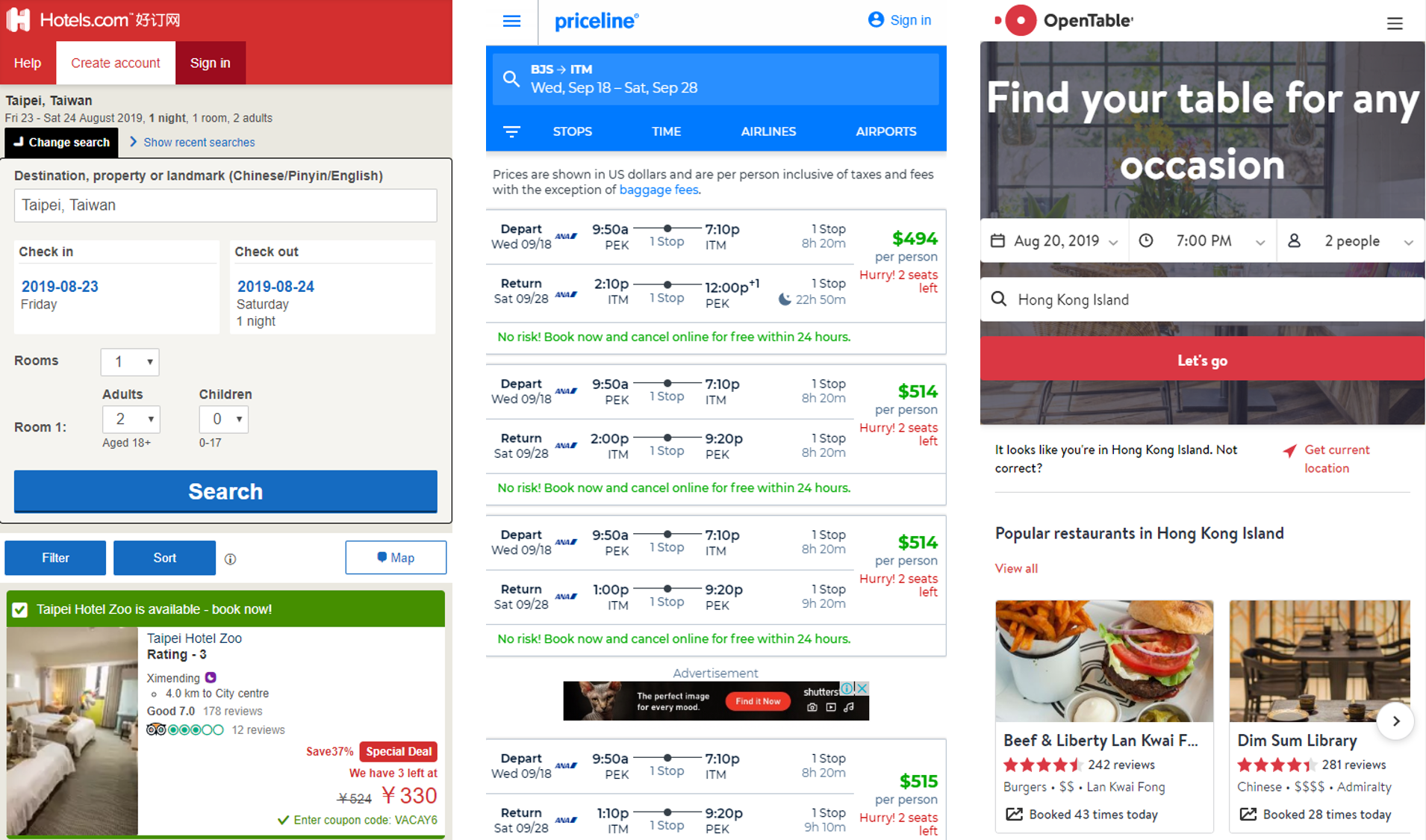
7. Personalization of services
Personalization is an effective attention-grabbing technique used by advertisers to make them more likely to click on a lead. Something as simple as addressing them by their name can make a customer more likely to buy a product.Personalized emails containing information that would be of interest to certain group of customers should be sent to them. A friendly tone can also be encouraging. Tourism agencies can use this tactic as well
For successful personalization, you must develop a legal means to collect data of your potential customers. Unfortunately, this may be difficult without them actually starting or carrying out a form of registration, however by linking your website to various online media, you can make this possible. Encouraging visitors to register on blogs and follow on social media can enable you to get their data.
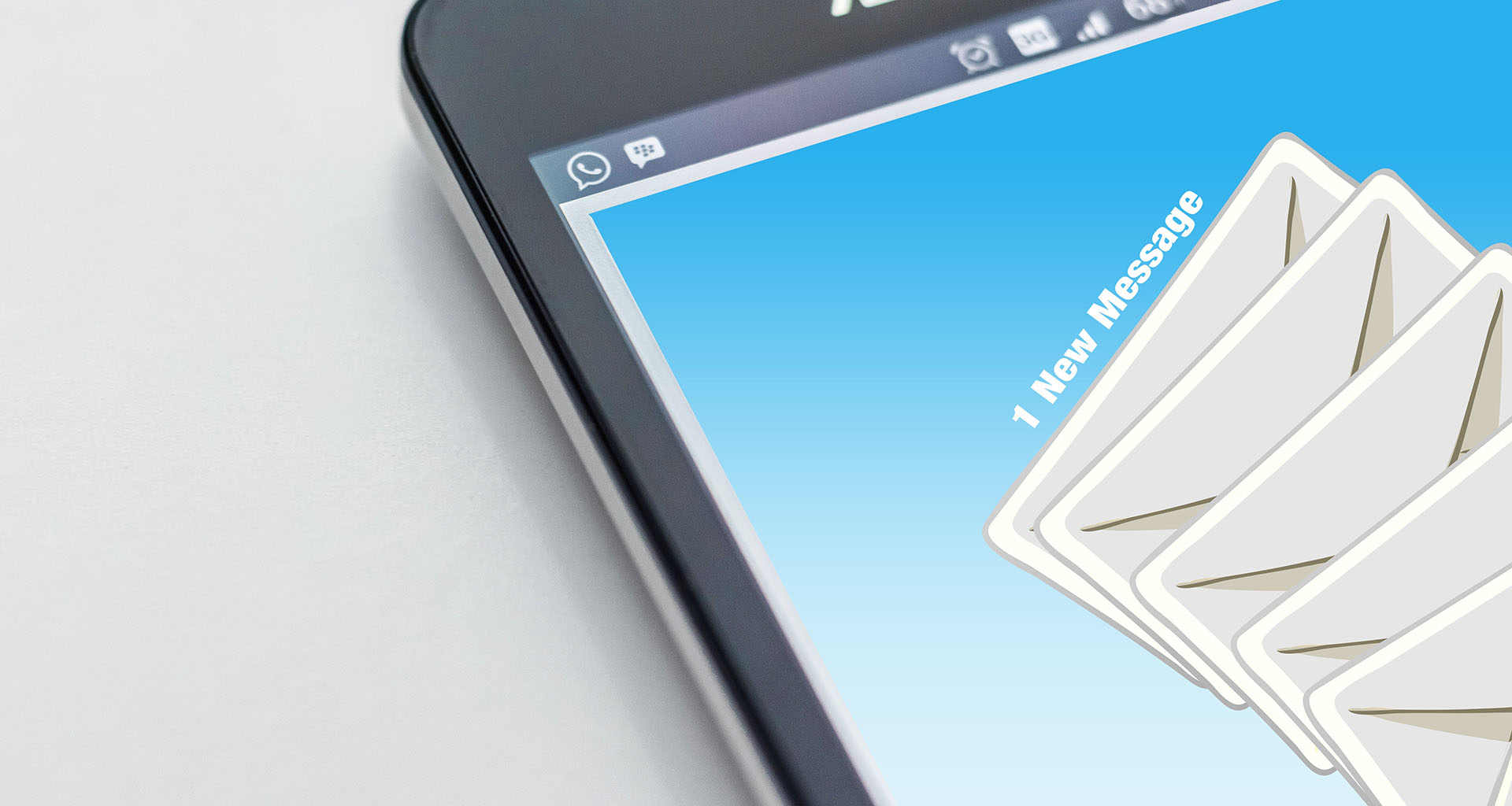
8. Branding
Millennials are huge followers of brands. Studies across different business industry shows that millennials are likely to buy from brands they know even without much advertising effort. They would go to find offers and products from brands they know. This rings true even for travel and hospitality industry.
When certain brands within the tourism industry is known with a positive reputation, they are more likely to be patronized than new brands offering the same service. This means that for your business to thrive in this industry, you must be ready to brand. The familiarity you build from branding brings you customers even before you reach out to them.
9. Meeting customers in person
Where do you find tourists? At tourists’ destinations of course. Even though most of the marketing strategy in the travel industry are done via digital media, a good number is still done offline. Meeting tourists at locations where they are likely to be can help spread information about your services.You can partner with certain tourism centers like parks, museums, etc. to allow you to spread information about your service and approach visitors.
10. Freebies
An age-long way to get people to pay you a second look is by offering freebies. Discounts, promotions, gifts, and packages are all effective marketing strategies in any industry especially the travel industry because tourists are always looking for ways to make their experience more cost-effective.

To wrap up
Most of the travel and hospitality marketing trends in 2019 are via digital marketing channels. This is because of the changing tourism culture and demographics. Millennials are the hot target for hotel and hospitality services, and millennials are a digital tech generation. Always finding digital solutions to problems. Since you know who to target, it only makes sense that these 10 trends are what successful businesses in the industry are using to find customers and stay ahead.



